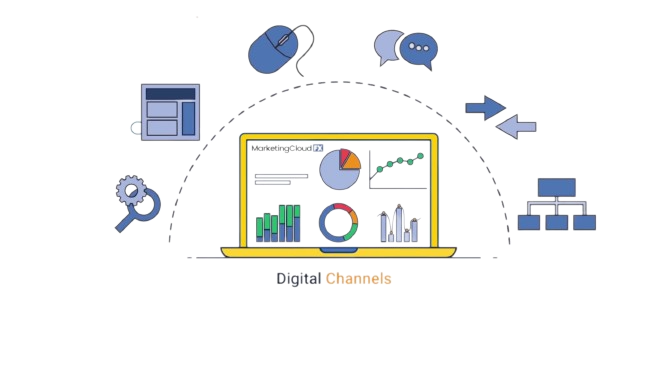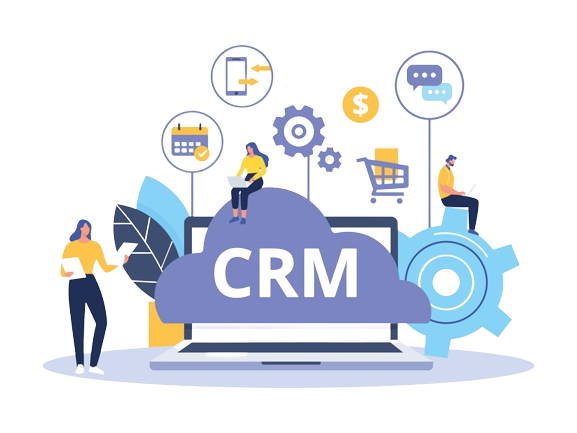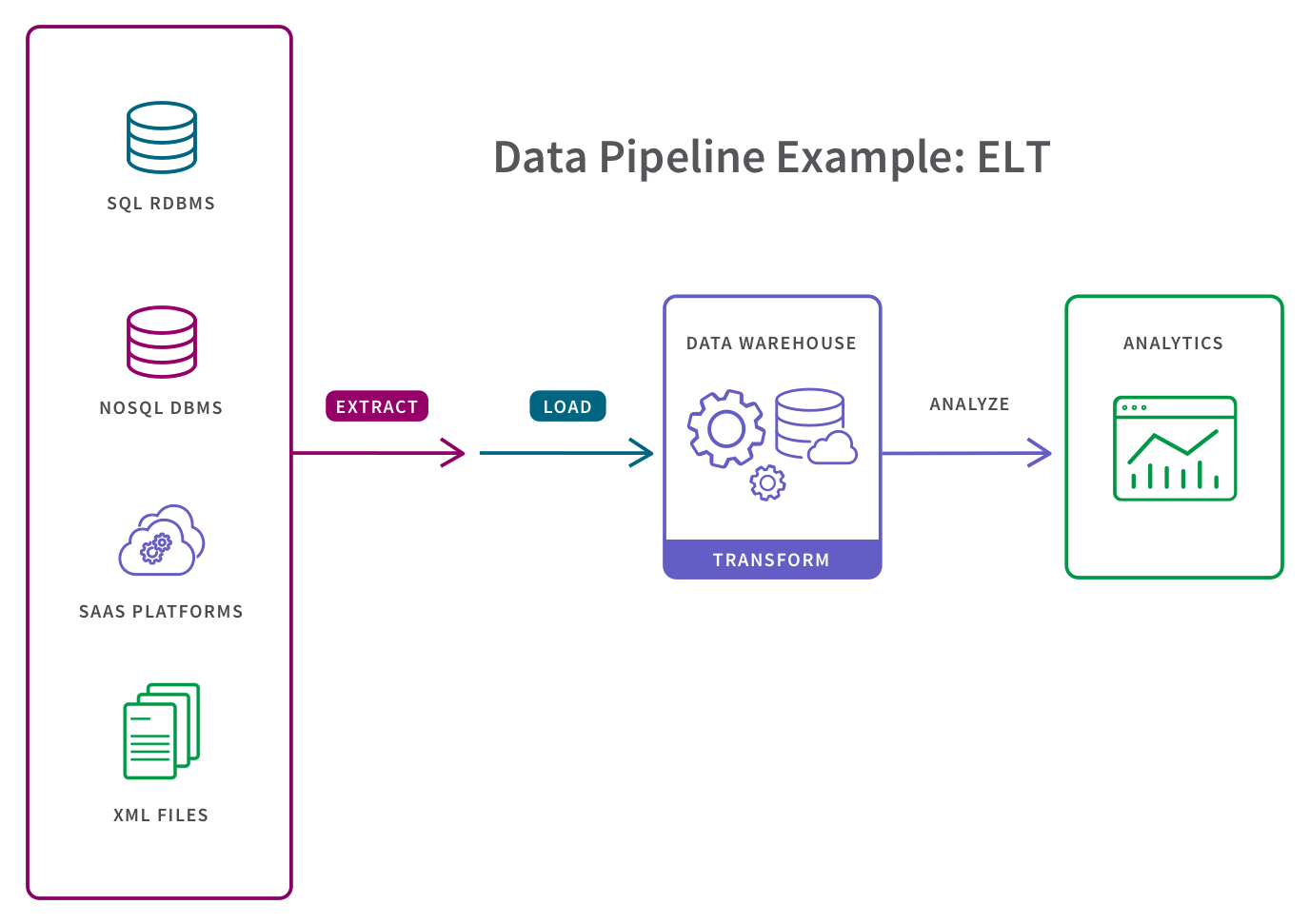Marketing Cloud Revenue Platform
Marketing cloud is a term used by a number of vendors to refer to a suite of cloud-based marketing tools. Examples of marketing cloud suites include Salesforce Marketing Cloud (SFMC), Adobe Marketing Cloud, Oracle CX Marketing Cloud, and SAP Marketing Cloud. These tools are used to manage marketing activities and campaigns across different channels, enabling businesses to target prospects and potential clients more effectively. In this guide, we’ll introduce you to the marketing cloud and explain a little more about what it is, and what it does. We’ll start by providing a more detailed definition, before going on to discuss the differences between a marketing cloud and Pardot. Then we’ll discuss the uses of marketing clouds and some relevant examples, and explain how to set it up. We’ll conclude by explaining how marketing cloud platforms can be integrated with RingCentral. Hopefully, by the time you’ve finished reading, you’ll have a much clearer idea of what a marketing cloud is and how it can help your business. Let’s get started..





